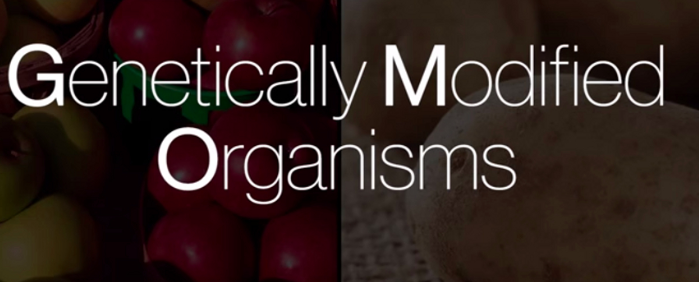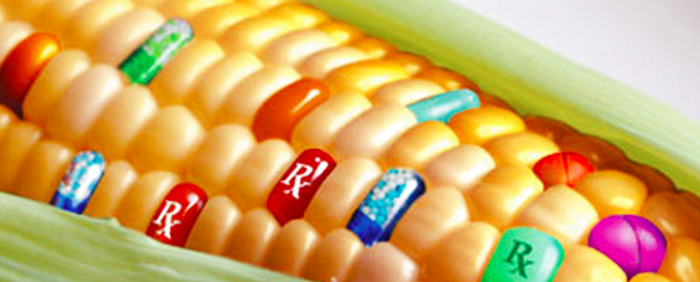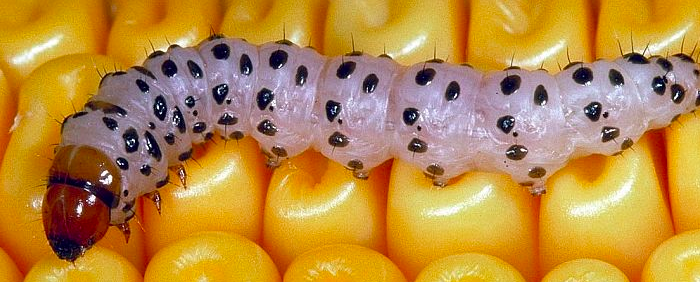Day: June 28, 2018

National and International regulations on GMOs
June 28, 2018Biovigilance and biosecurity are the watchwords of national and international regulations in terms of GMOs. Word to Éric Schoonejans from the Ministry of Ecological Planning and Sustainable Development. One of the main conditions necessary to ensure an assessment based on scientific excellence, multidisciplinarity and the independence of experts is to separate the risk management bodies from the bodies responsible for evaluation. One of […]
Read More
GMOs: Impacts on the French economy
June 28, 2018The use of GMOs in France would have a strong impact on the French economy, but the real consequences are not easy to predict. Speak to Stéphane Le Bouler, General Plan Commissariat. In April 2000, the French ministers responsible for agriculture and the environment asked the Commissariat général du Plan to study the medium and long term consequences of the use […]
Read More
GMOs and the ENVIRONMENT
June 28, 2018It is difficult to control GMOs and their release into the wild. To protect the environment, experiments and cultures are well framed by European directives. Speech to Marc Fellous (INRA, Agronomy UMR, Chairman of the Commission for Biomolecular Engineering – Text from 2002 but whose general principles remain true). Experiments with genetically modified plants in France The construction or creation […]
Read More
NGO position on GMOs
June 28, 2018Non-governmental organizations (NGOs), as a whole, are for the protection of nature and humans against GMOs . Speech to Marjana Dermelj from the Slovenian Foundation for Sustainable Development . Principle of trust in science and precautionary principle Scientists, as well as politicians, often point out that decisions related to the use of genetically modified organisms (GMOs) must be based on the […]
Read More
Summary of the European policy on GMOs
June 28, 2018European legislation governing the marketing of GMOs is necessary. Regulations and directives, implemented gradually, are now followed by the countries of the European Union to protect people and their environment, and are explained by Daniele Franzone (former director general of the environment at the European Commission). Areas concerned by GMOs Genetically modified organisms ( GMOs ) are part of […]
Read More
GMOs: the Precautionary Principle
June 28, 2018The precautionary principle is enshrined in French law to protect the environment against risks that are not yet well evaluated. It is therefore necessary to be able to prove the absence and not the presence of potential risks, an arduous work with regard to GMOs . Dominique Lecourt (professor of philosophy at the University of Paris VII and general delegate of […]
Read More
Impact of Genetically Modified Organisms (GMOs) on Health
June 28, 2018The GMOs are not, by definition, not natural and could then have potential impacts on our health. In 2002, Robert Naquet (CNRS, chairman of the Ethics Committee in Life Sciences) reviewed the potential risks for the consumer and the means used to evaluate them, principles that are still relevant today. The first stated issue of GMO research is both health […]
Read More
What is a GMO: Genetically Modified Organism?
June 28, 2018A GMO is a genetically modified organism in which a foreign gene has been inserted. The scientific techniques used to create corn or soy or any GM plant are explained here. A GMO is Genetically Modified Organism. That is, an organism into which a gene absent in the wild has been inserted, or an organism whose expression of a gene has been voluntarily modified. This gene can come from […]
Read More
GMO (Genetically Modified) PLANTS: ANGELS OR DEMONS?
June 28, 2018GMO, here are three letters that stigmatize alone the worst fears for both men’s health, and the environment. These letters have also become in a few years the symbol of a struggle against the globalization of the economy. The problem is that current advocates and opponents of GMOs debate in an area where the few studies available […]
Read More
Can GM MAIZE coexist with CONVENTIONAL MAIZE?
June 28, 2018After strengthening its regulation on the traceability and labeling of genetically modified organisms (GMOs), the Commission recently lifted the de facto moratorium applied by the EU on this technology and started to allow the marketing of new varieties in Europe. Despite this clear political support for transgenic food products for human and animal consumption, many consumers and retailers […]
Read More
Corn Borer and Resistance to Transgenic Maize
June 28, 2018Transgenic maize crops producing Bacillus thuringiensis (Bt) toxins are primarily targeted at a butterfly, the corn borer. These cultures involve monitoring the possible emergence of insects resistant to Bt toxin. The high-dose refuge strategy (HDR), mandatory in the United States and under discussion in Europe, aims to avoid the appearance of this resistance, by promoting genetic mixing in insects. Researchers from […]
Read More
How does Bacillus Thuringiensis kill insects?
June 28, 2018Discovered in 1911, the bacterium Bacillus thuringiensis has been widely used as an insecticide since the 1950s; today it is the leading biological pest control agent for crop pests, particularly the caterpillars of Lepidoptera. In addition, transgenic plants with the toxin gene of this bacterium are the most planted among genetically modified plants. Although this bacterium and the toxin it produces have been studied for many […]
Read More
GMO: BT TRANSGENIC MAIZE WOULD AFFECT AQUATIC LIFE
June 28, 2018According to a US study, the insecticide produced by genetically modified corn Bt, widely used in the United States, would also act on the insects of rivers, including via pollen. In the saga of GMOs , here is a new episode where scientists bring evidence. A group of researchers led by Indiana University’s Todd V. Royer investigated the […]
Read More
FERTILIZER: an ASSET for the plants, a PLAGUE for the soil
June 28, 2018Fertilizers stimulate plant growth, but they would alter soil stability. This is shown by research, based on 50 years of study of a cornfield subjected to different rates of inorganic fertilizers. Explanations on this result. The use of fertilizers has significantly increased crop yield. For example, it has quadrupled the profitability of wheat since 1950. Intensive agriculture mainly uses inorganic fertilizers, such as nitrogen and […]
Read More